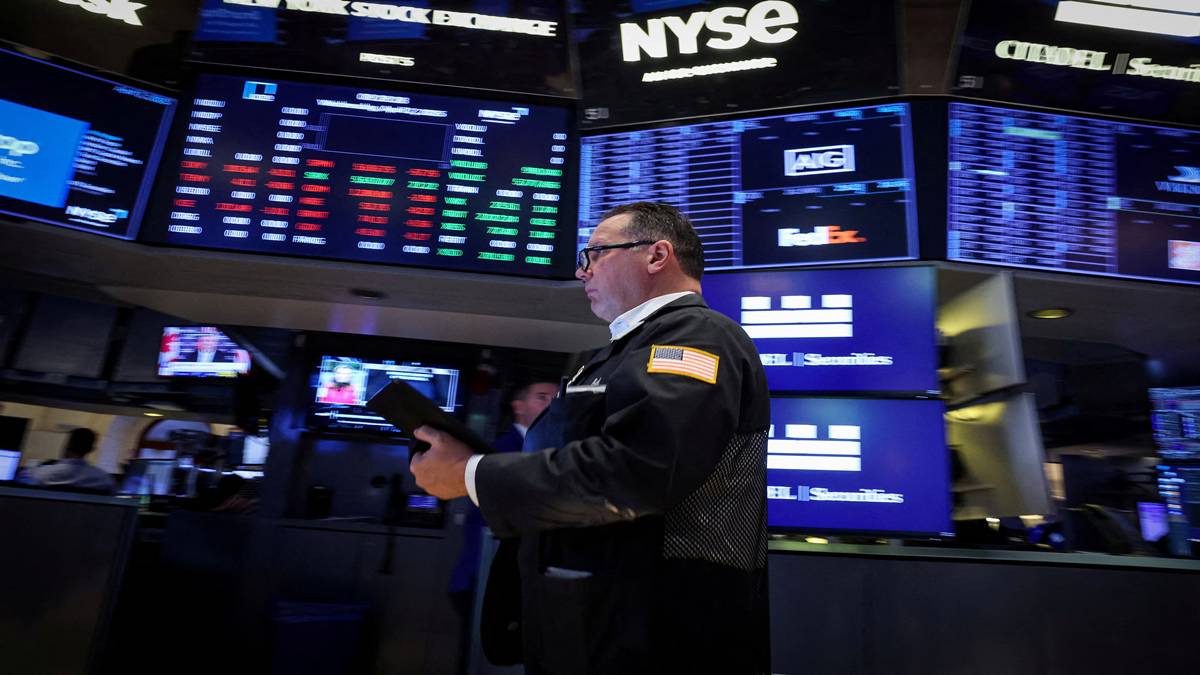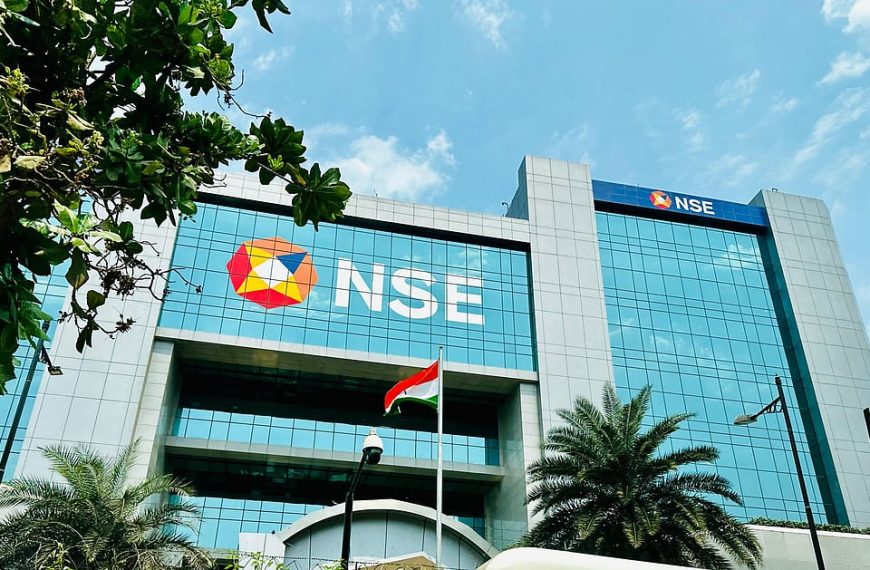Wall Street faced a tumultuous end to the week, marking its second consecutive day of significant losses. The Nasdaq Composite officially entered bear market territory, while the Dow Jones Industrial Average confirmed it was in a correction phase. The recent surge in global trade tensions has triggered the steepest declines seen since the onset of the pandemic, leading to widespread investor panic.
Market Declines and Investor Sentiment
In a dramatic turn of events, the Dow Jones, S&P 500, and Nasdaq Composite experienced their largest two-day drops since the early days of the COVID-19 crisis during Donald Trump’s presidency. Over the course of Thursday and Friday, the Dow plummeted by 9.3%, the S&P 500 fell 10.5%, and the Nasdaq dropped by 11.4%.
- Dow Jones Industrial Average: Down 2,231.07 points (5.50%) to 38,314.86.
- S&P 500: Decreased 322.44 points (5.97%) to close at 5,074.08—its lowest point in nearly a year.
- Nasdaq Composite: Fell 962.82 points (5.82%) to settle at 15,587.79, confirming a bear market since its peak of 20,173.89 on December 16.
The latest tariffs announced by Trump have fueled concerns of a potential global recession, leading to a staggering loss of trillions in market capitalization for U.S. firms. The CBOE Volatility Index, often referred to as Wall Street’s fear gauge, surged to its highest level since April 2020, signaling a growing anxiety among investors.
Record Trading Volumes Amid Market Chaos
Trading activity reached unprecedented levels, with nearly 26.79 billion shares exchanged on U.S. markets on Friday alone. This figure surpassed the prior record of 24.48 billion shares set on January 27, 2021. Steve Sosnick, chief strategist at Interactive Brokers, observed, “The severity of this situation hinges on the administration’s commitment to these policies, which the market clearly opposes.”
Global Reactions and Economic Forecasts
As the ramifications of Trump’s tariffs unfolded, governments worldwide began to respond, further dampening hopes for a quick resolution to the escalating trade war. JP Morgan has raised the likelihood of a global recession to 60% by the end of the year, up from 40% previously. In a direct response, China announced it would impose additional tariffs of 34% on all U.S. goods starting April 10.
Mariam Adams, managing director at UBS Wealth Management, remarked, “We’re navigating uncharted waters in this trade war.” For the week, stock indices saw substantial declines: the S&P 500 dropped 9.1%, the Dow fell 7.9%, and the Nasdaq slumped 10%.
Impact on Interest Rates and Bond Markets
Federal Reserve Chair Jerome Powell addressed the market for the first time since the tariff announcements, warning that the elevated tariffs could lead to increased inflation and slower economic growth, which would complicate the Federal Reserve’s policy decisions. Consequently, the yield on the benchmark 10-year Treasury notes fell below 4%, reflecting a safe-haven buying trend.
This shift further pressured U.S. bank stocks, with the S&P Banks index declining by 7.3%. The prospect of interest rate cuts and potential economic stagnation due to tariffs could severely impact profitability across the banking sector.
Sector-Wise Performance and Company Reactions
All 11 sectors within the S&P 500 experienced declines exceeding 4.5%, with energy stocks suffering the most—down 8.7%—as oil prices tumbled by 7.3%. Notably, U.S. shares of Chinese companies such as JD.com, Alibaba, and Baidu fell by over 7.7%.
Furthermore, major companies with significant exposure to China, like Apple, saw their stock prices drop by 7.3%. The semiconductor sector was particularly hard-hit, with the chipmakers index declining 7.6% after a 9.9% fall the previous day, as many firms design their products in the U.S. but rely on Chinese manufacturing.
In summary, Wall Street’s recent downturn underscores the fragile state of the global economy amidst rising trade tensions, with experts warning of potential long-lasting impacts on both markets and consumer confidence.











